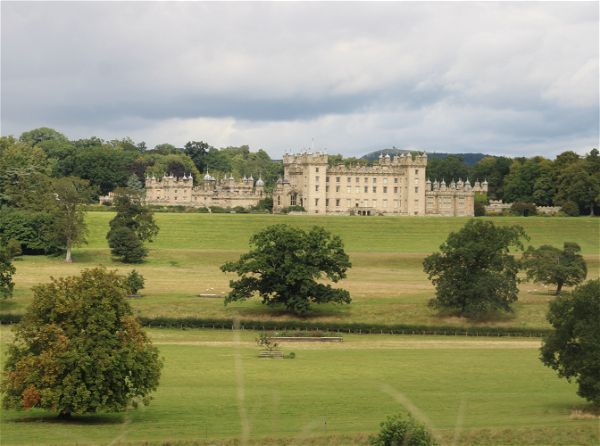Knaresborough Castle
Castle In Knaresborough, North Yorkshire
A ruined fortress in the town of Knaresborough, North Yorkshire, first built by a Norman baron in c. 1100 on a cliff above the River Nidd.
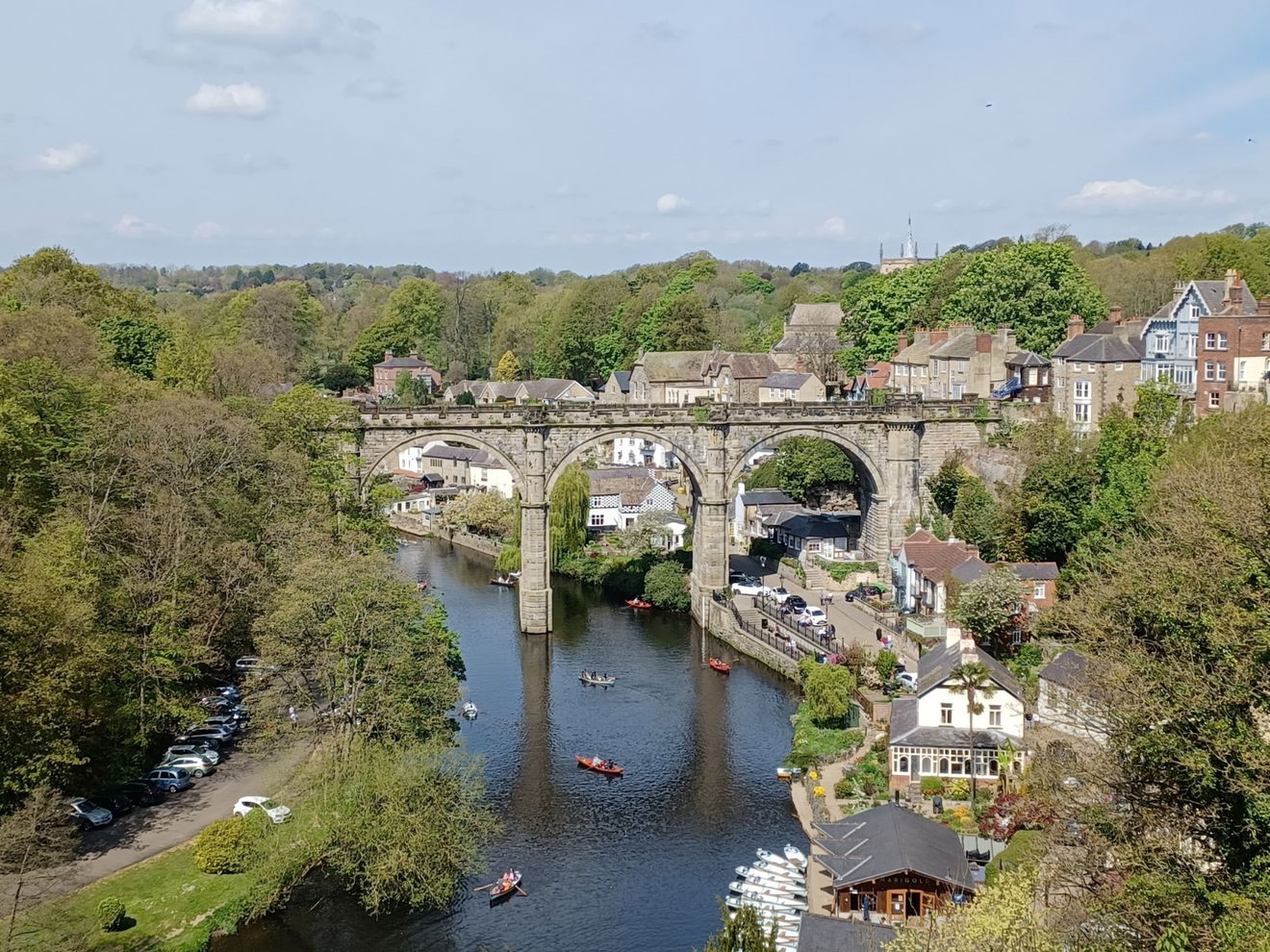
Knaresborough Castle is a ruined fortress on a cliff overlooking the River Nidd that was first built by a Norman baron in c. 1100. The castle has been adapted to meet changing military requirements, fashions and historic events over the centuries.


The castle is currently owned by the Duchy of Lancaster and is managed by North Yorkshire Council. It is open to the public all year round, and offers stunning views of the town and surrounding countryside. The castle grounds also include a museum, which tells the story of the castle's history.
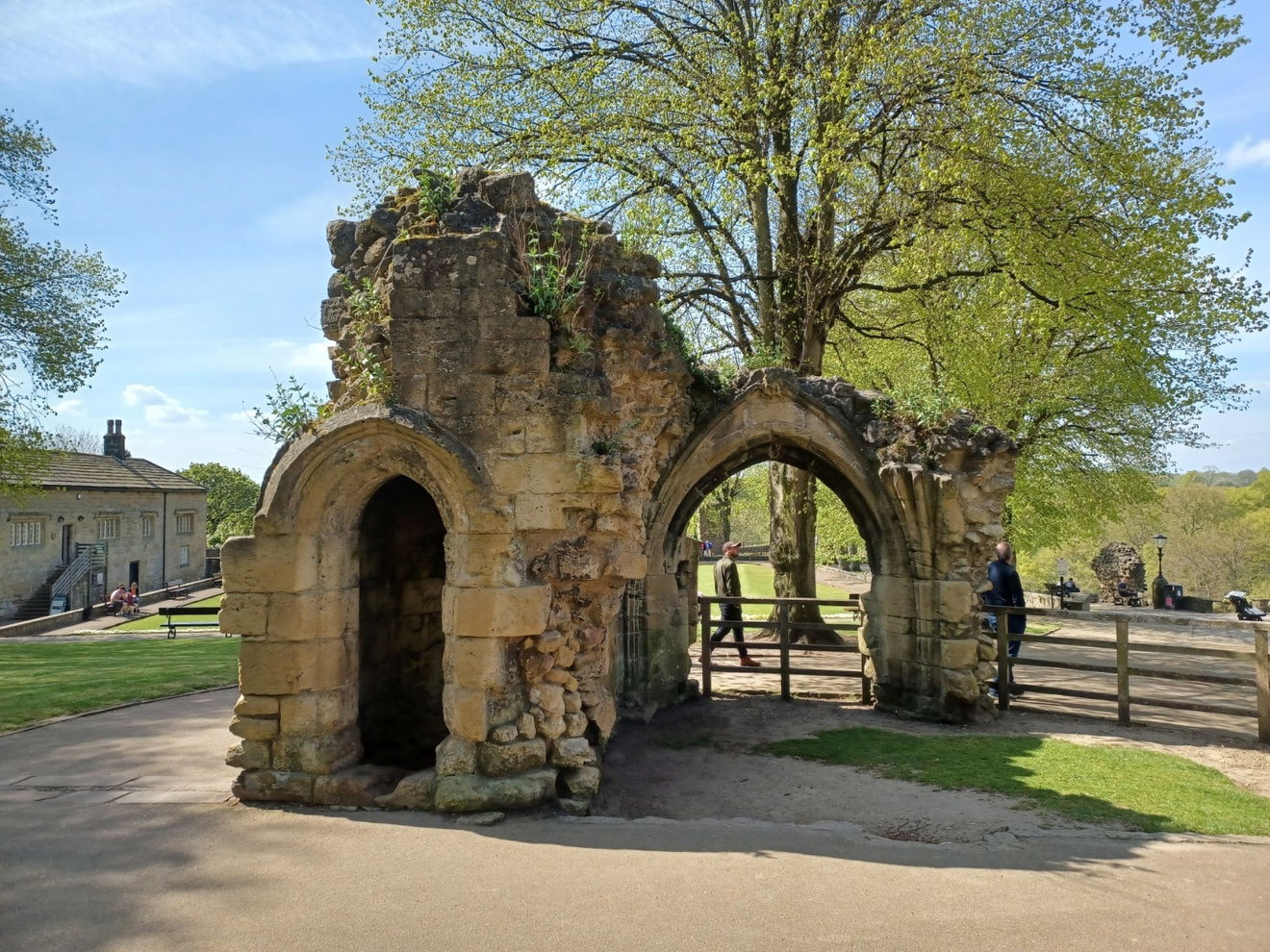
The first castle at Knaresborough was built in around 1100 by a Norman Baron, whose name is not known. The castle was built on a cliff above the River Nidd, a strategic location used to control the crossing of the river. The castle was originally a motte-and-bailey castle, but it was later expanded to include a keep and other fortifications. There is some documentary evidence from 1130 that mentions works being carried out at the castle by Henry I.
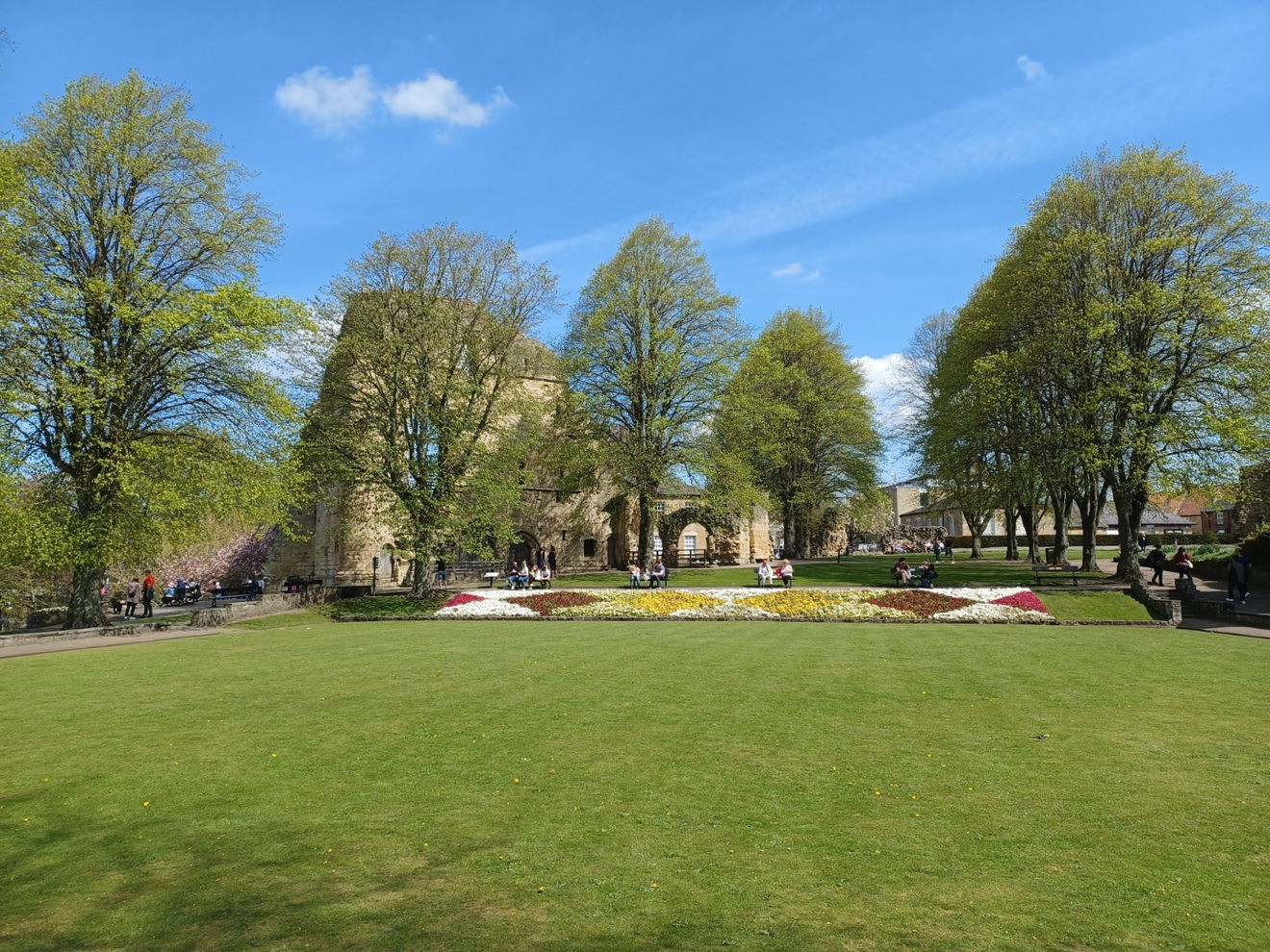
The castle was besieged several times during its history. In 1173, the castle was used as a refuge by Hugh de Moreville and his followers after they assassinated Thomas Becket. The castle was also besieged in 1317 by the forces of Edward II after it had been taken by the supporters of the rebel Earl of Lancaster, and in 1644 by the forces of Parliament during the English Civil War.
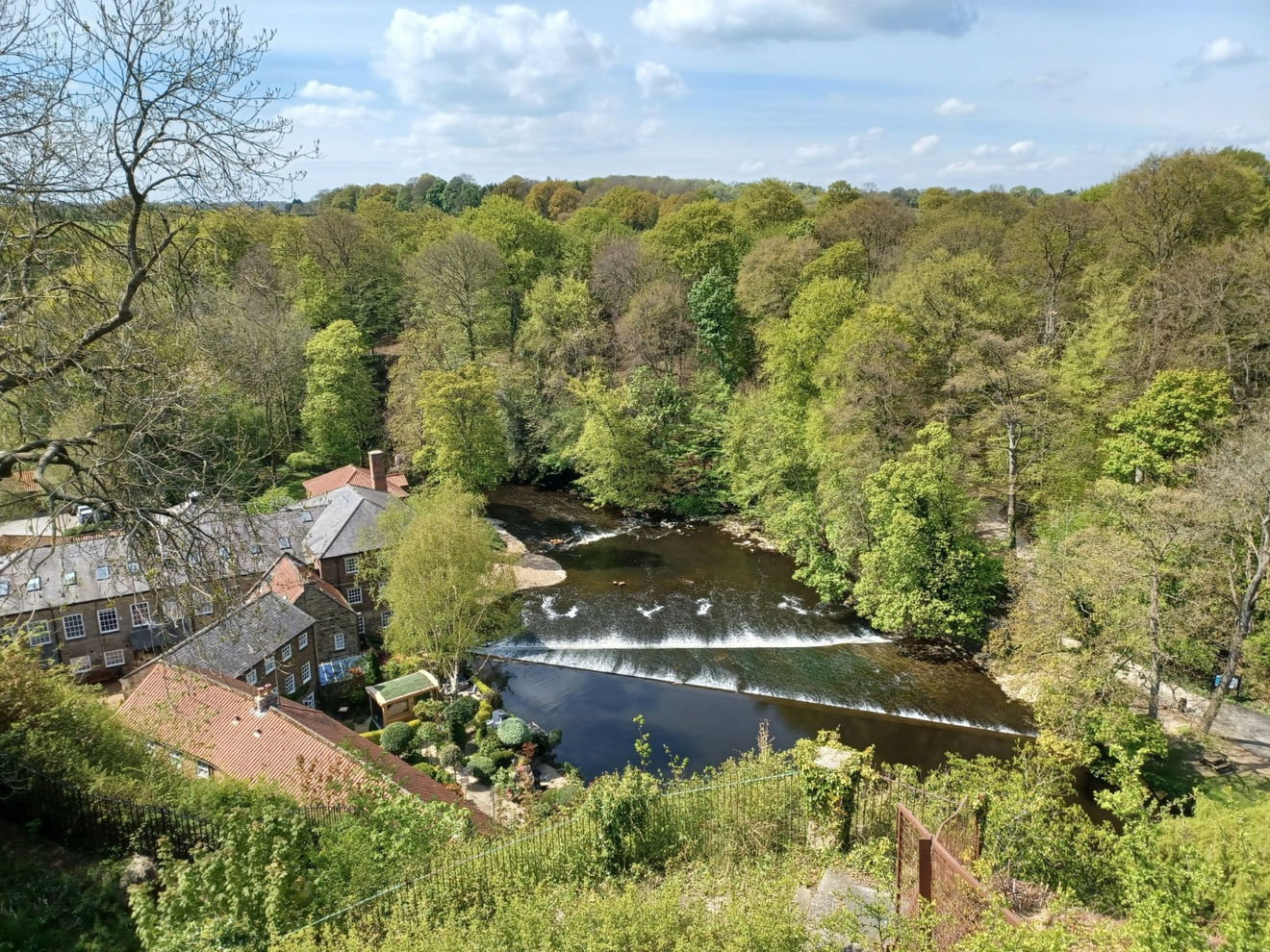
The castle was used as a royal residence by several English kings, including King John, Henry II, Edward I, and Edward II. The castle was given to Queen Philippa, wife of Edward III, as part of her marriage settlement, who in 1372 passed it down to her youngest son, John of Gaunt, Duke of Lancaster. From that point onwards it was the property of the Duchy of Lancaster.
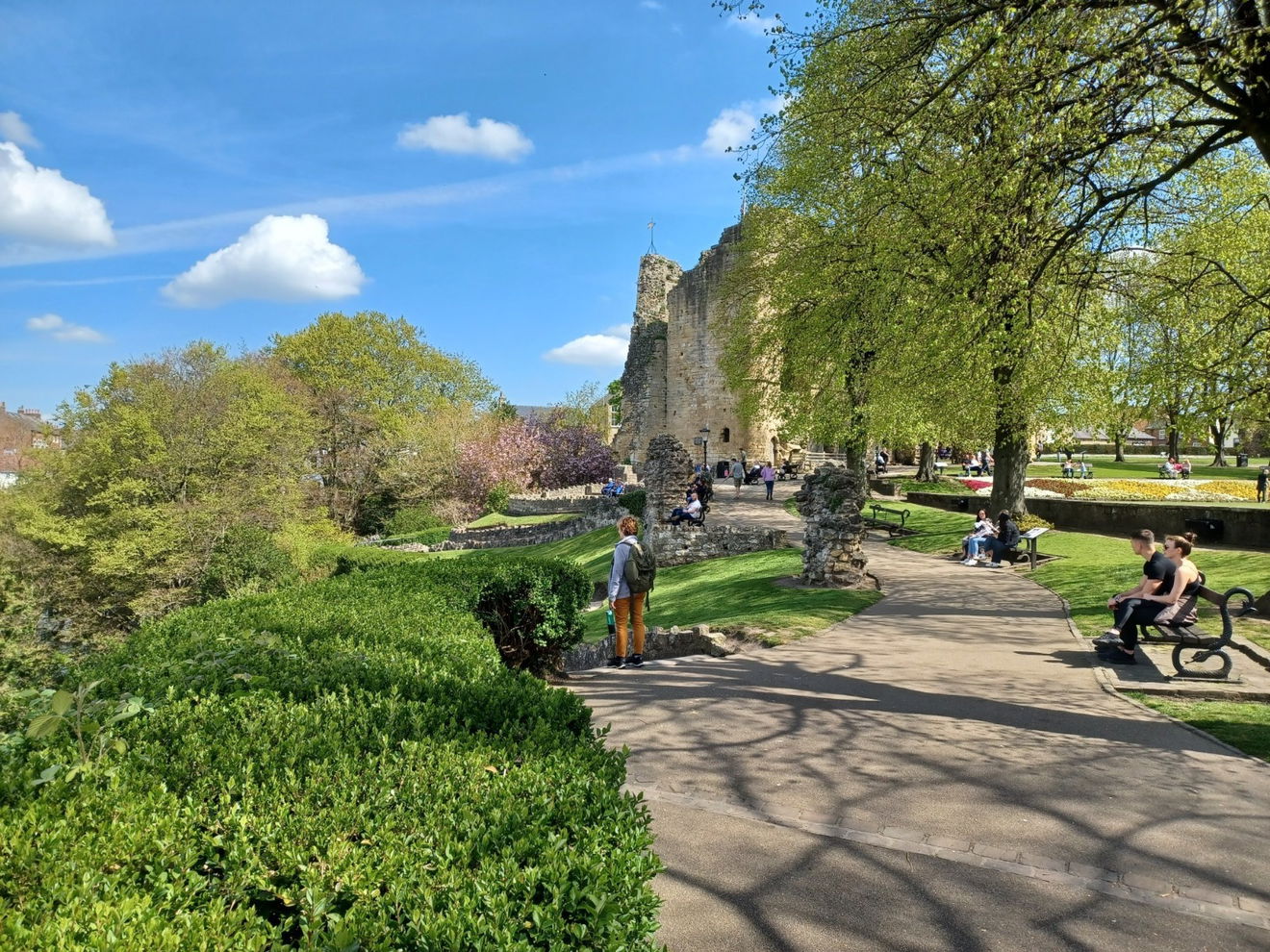
During the English Civil War, Knaresborough supported the Royalist cause and its owner at the time, Sir Henry Slingsby installed a garrison there to secure if for King Charles I. Following the Battle of Marston Moor in July 1644 and the defeat of the Royalist forces in the north, the castle came under siege, with the aim to starve those inside into surrender. This eventually came on the 20th December 1644 when the parliamentary forces cannon breached the castle walls.
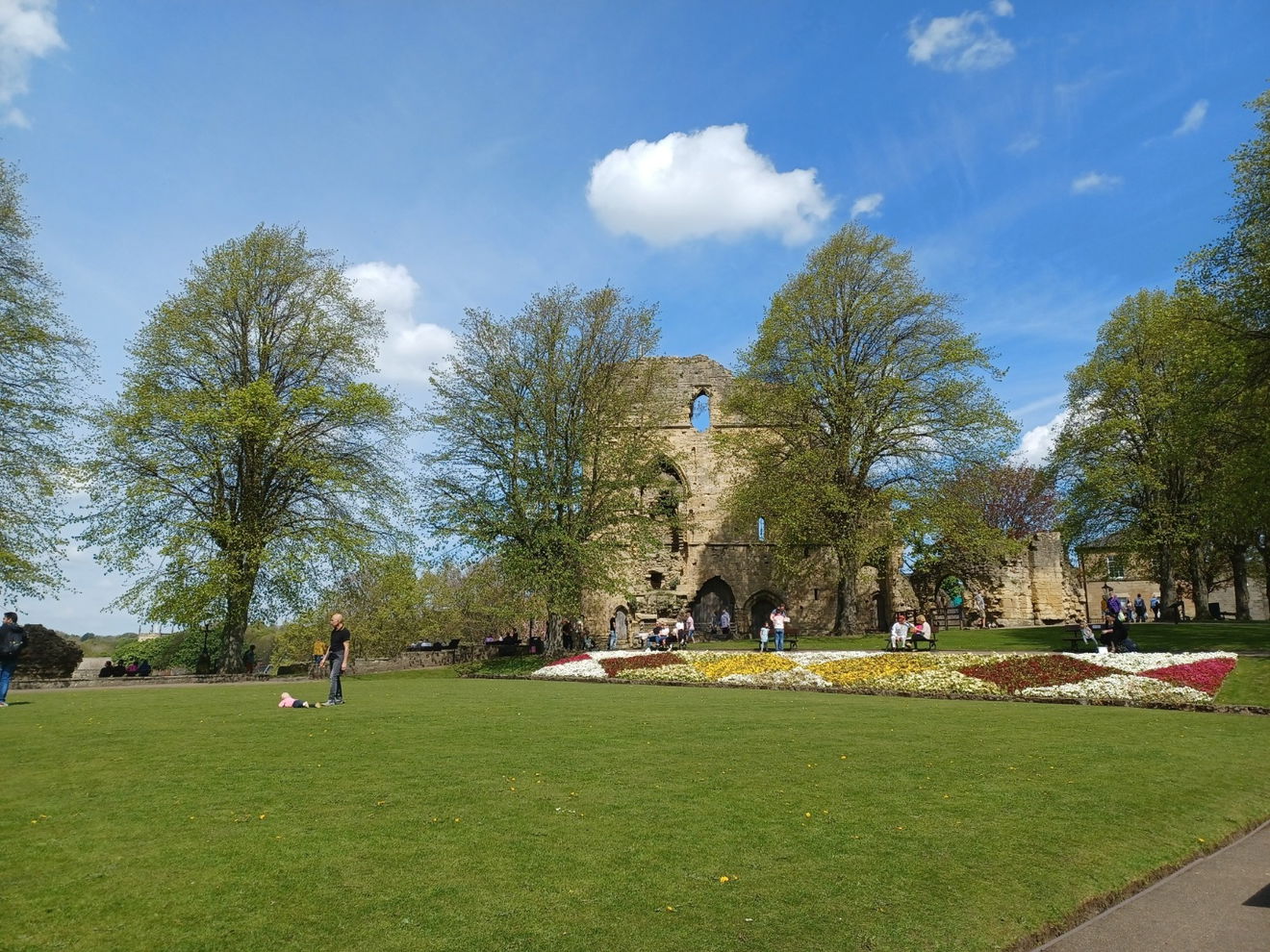
In 1646 Parliament ordered the destruction of all Royalist castles to prevent future use, and in 1648 demolition began and much of Knaresborough Castle was blown up. Some parts were spared following petition by the locals so the courthouse and keep were left. All useable stone and lead from the roof was sold off to raise funds for the treasury, and many local buildings are built from “castle stone”.
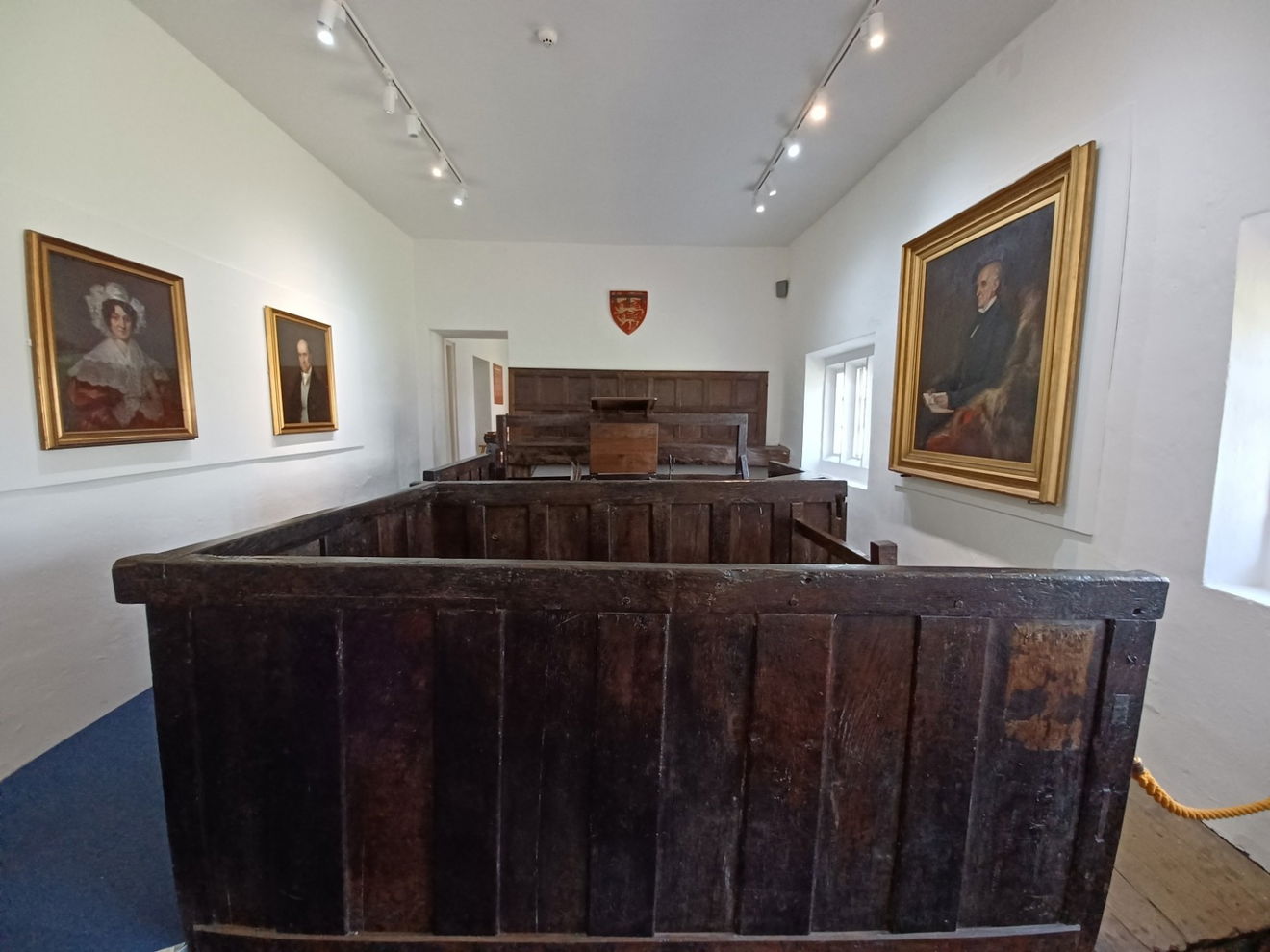
The Courtroom Museum is located in the castle grounds, and it tells the story of Knaresborough's history. The museum includes exhibits on the castle's construction, its use as a royal residence, and its role in the English Civil War. The museum also includes an original Tudor courtroom, which was used for trials in the 16th century.
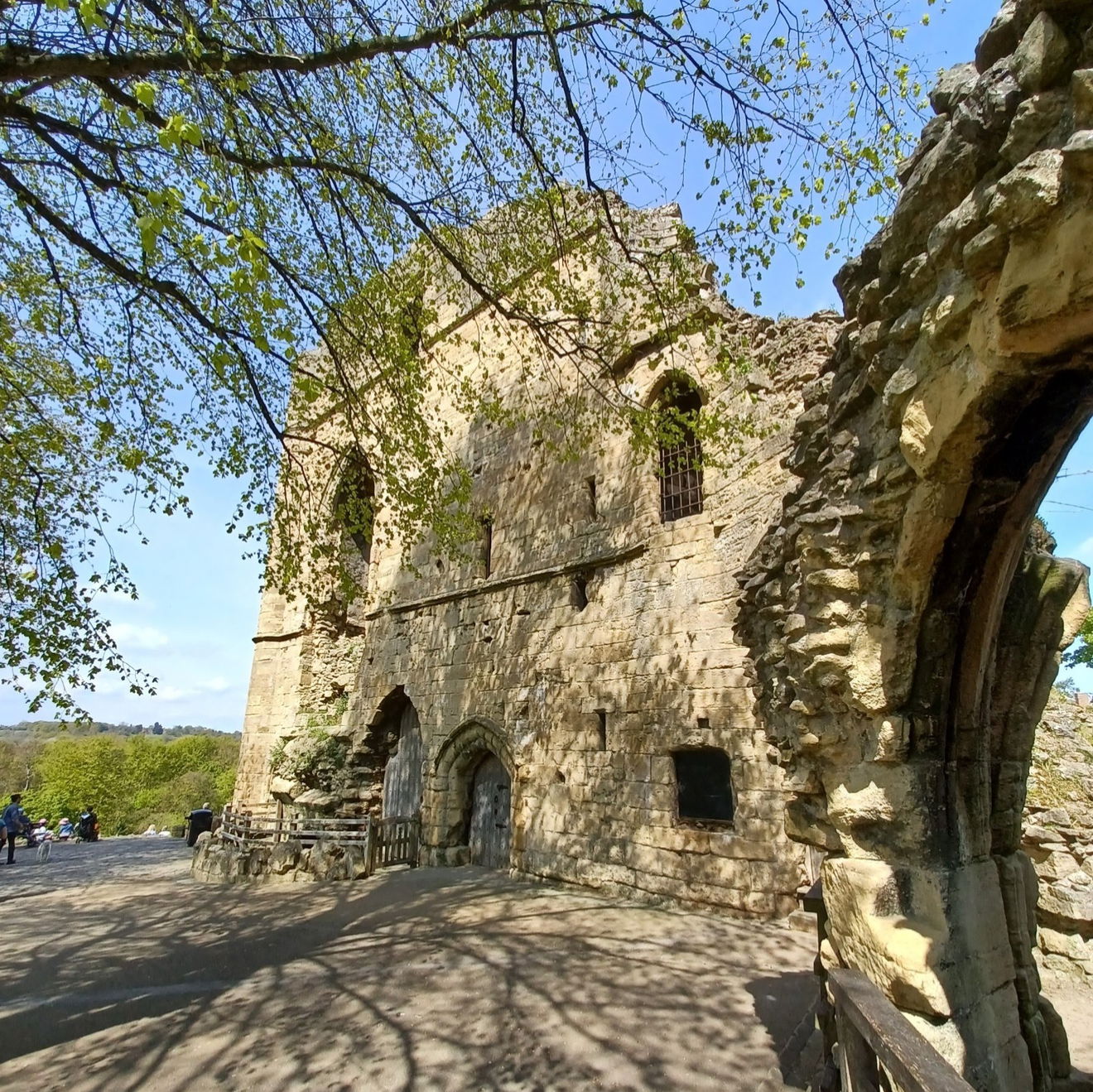
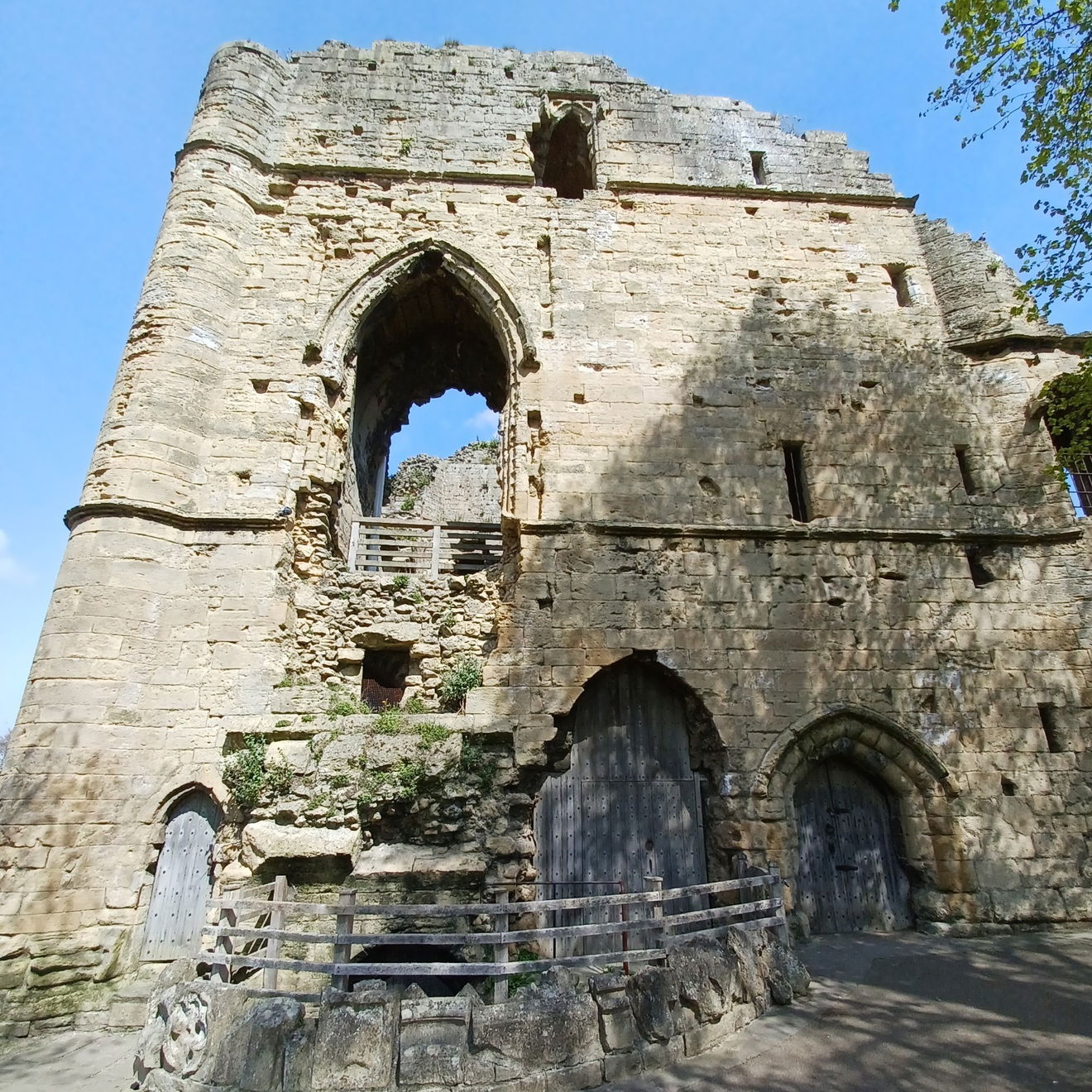
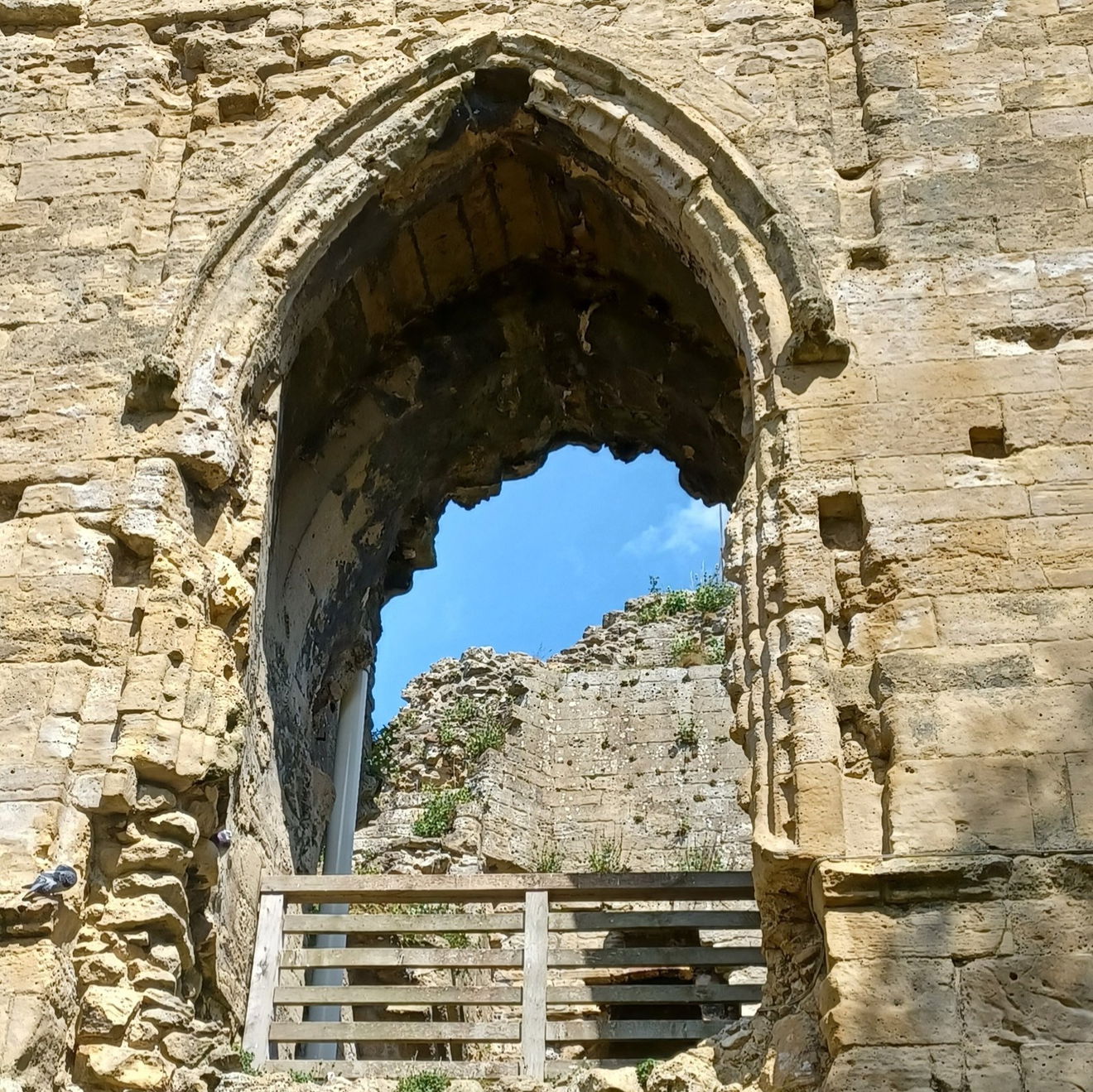
Get 3 points if you have visited this place. Already visited by 63 VIPs.
Login to the VIP area to add places to your bucket list, mark them as visited and more importantly see where you rank on the league table.
How To Find Knaresborough Castle
Where Is Knaresborough Castle?
Lat / Long
54.007129, -1.469324
What three words
Where To Park For Knaresborough Castle?
Lat / Long
54.006913, 54.006913
What three words
Parking in Knaresborough is tricky but there is a small car park on Chapel Street not far from the Castle, or for those who dont mind a bit of a walk, there is a larger parking area at Waterside.
Contributed by Andrew Gardner
I love being outdoors, in nature, and experiencing the relaxation it brings. Wandering through the northern countryside seeing unexpected buildings, historic places and occasionally surprised wildlife is one of life's great pleasures.
More Places from Andrew
More Places In Knaresborough
Find more fabulous places in Knaresborough, North Yorkshire and if you know of a place we haven't listed, then let us know.
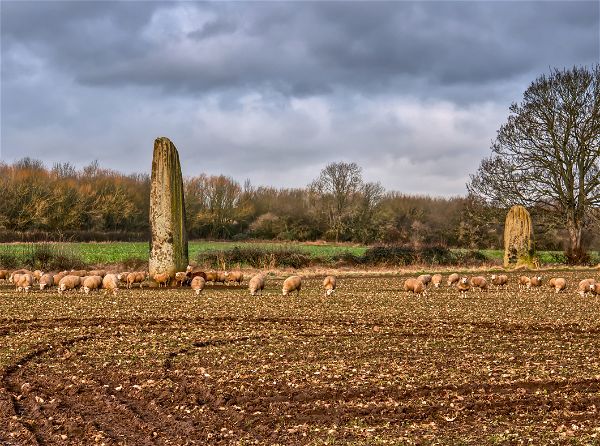
Devil's Arrows
Standing Stone Knaresborough North YorkshireThree tall Neolithic standing stones sitting in a line in Boroughbridge near Knaresborough.
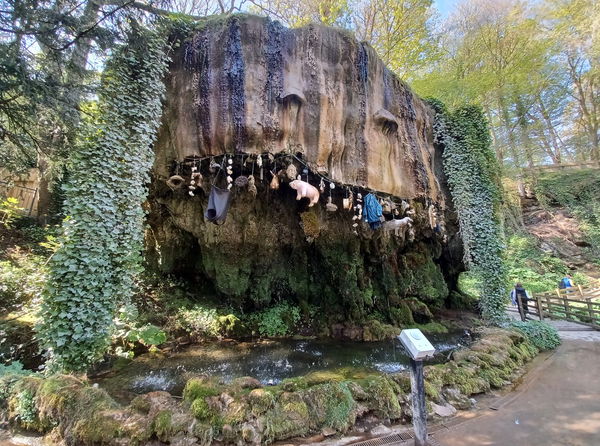
Mother Shipton's Cave
Cave Knaresborough North YorkshireA limestone cave in Knaresborough where local legend has it that Mother Shipton was born and lived.
More Castles
So this castle wasn't enough and you want more? Don't worry we have you covered.
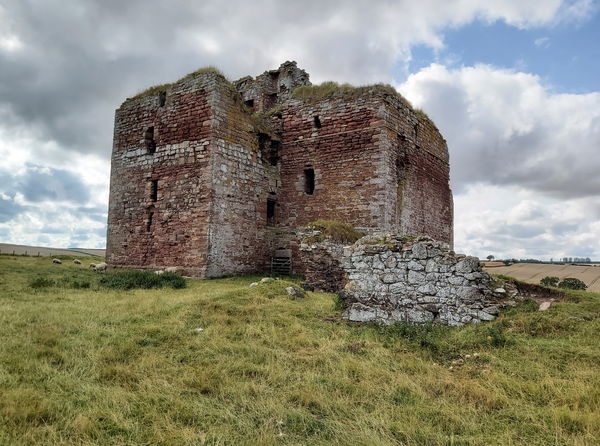
Cessford Castle
Castle Kelso BordersA ruined castle on the Scottish side of the border built by the 1st Earl of Roxburghe.

Lindisfarne Castle
Castle Holy Island NorthumberlandA 16th Century, grade I listed castle on Holy Island only accessible from the Northumberland coast at low tide.
Never Miss A Fabulous Place
If you are afraid of missing out on all the fabulous places we post, or just want to be the first to know, then sign up to the Fabulous North.
Each week we will email you all the brand new places that we visit.
Sign Up To AlertsFind Us On Facebook
We post all our new places daily on our Facebook Groups page, so join the group today and be notified when we add a new place.
Join Our Facebook GroupKnaresborough Castle was listed in Castle // North Yorkshire // Knaresborough

